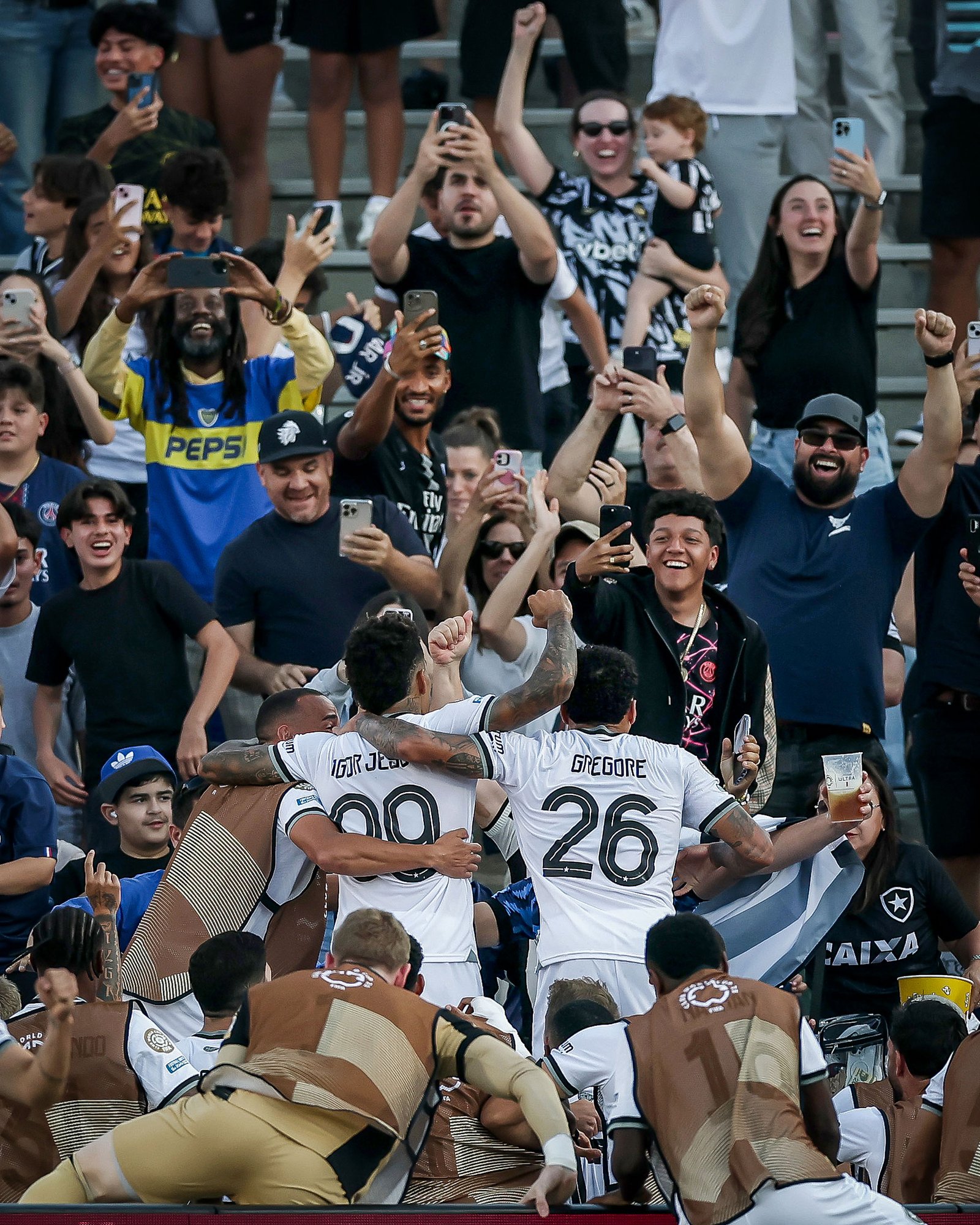South American teams are dominating the Club World Cup, with impressive wins and upsets. Can one of them take home the trophy and end Europe’s winning streak?
The Club World Cup is heating up, and South American teams are bringing the fire. With six teams from the continent in the competition, they’re making a strong case for themselves. Brazilian and Argentine teams have been dominating so far, with wins and impressive performances.

One of the most surprising aspects of the tournament has been the upsets caused by the Brazilian teams. Who would have thought that Fluminense would outplay Borussia Dortmund, or Botafogo would take down Champions League winners Paris Saint-Germain 1-0, or that Flamengo would come from behind to beat Chelsea 3-1?
These wins have shown that South American teams are not to be underestimated.

Up until yesterday, when Boca Juniors lost 2-1 to Bayern Munich, the South American teams had gone on a 9-game unbeaten streak. They ditched the whole idea of tactical and possession-based football that European fans are used to, and they just poured their entire being into the game.

While the money from the competition is a big motivating factor, these teams aren’t just happy to be here, and they are playing like they deserve to be here and even win the whole thing.
But South American teams have a rich history in the Club World Cup. The tournament was founded in 2000, and teams from South America have had their fair share of successes and failures. Corinthians from Brazil won the tournament in 2012, but since then, European teams have dominated the competition.
Flamengo boss Filipe Luis thinks a South American team can win it all, saying, “Anybody can win. That’s football. It wouldn’t surprise me.” And why not? They’ve been killing it in the tournament. Palmeiras, Botafogo, and Flamengo are all topping their groups, while River Plate and Fluminense are also putting up a good fight.
But what’s behind their success? Is it the mid-season timing, which gives them an edge over European teams, who were already on a long season? Maybe, but Filipe Luis thinks it’s because South American teams are used to adapting to different conditions, like different grass and altitudes.
The real question is, how far can they go? Will one of them take home the trophy? It’s anyone’s game, and with the talent and competitiveness of South American teams, it’s definitely possible.




